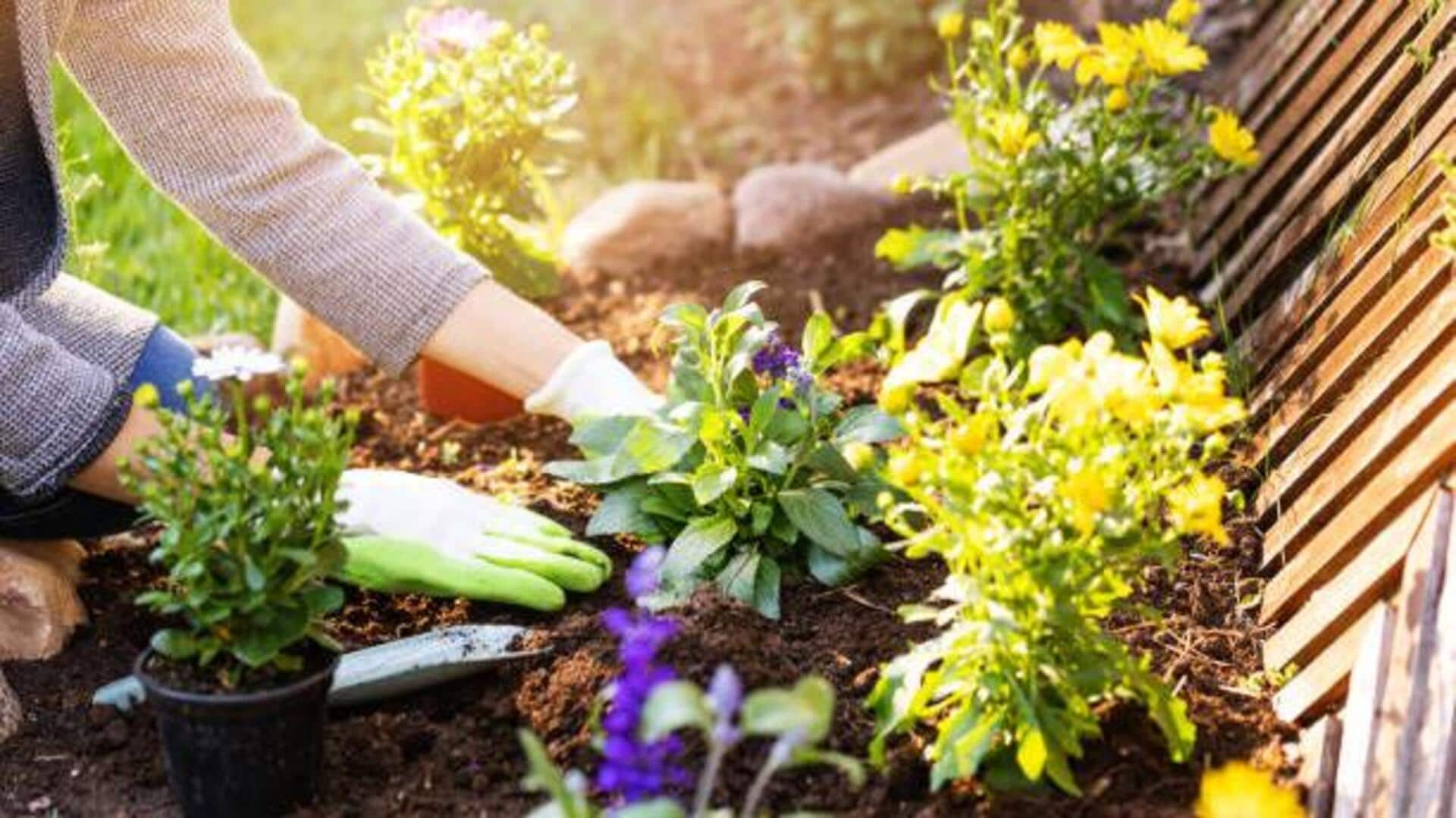
How microclimates affect your home garden
What's the story
Home gardening can be a rewarding endeavor, but to make it successful, it is important to understand micro-climates. These are small areas with their own unique atmospheric conditions, which are different from the surrounding environment. By customizing your gardening practices according to these specific conditions, you can optimize your plant growth and health. Here are five practical tips to help you harness the power of micro-climates in your home garden.
Wind protection
Utilize natural windbreaks
Wind can greatly affect plant health by damaging them or increasing the amount of water lost through evaporation. To avoid this, use natural windbreaks like hedges or fences to protect your plants. Placing taller plants deliberately can also act as a barrier from strong winds, providing a more stable environment for delicate species.
Sunlight Management
Leverage sunlight exposure
Different plants have different sunlight requirements, from full sun to partial shade. Observe how sunlight moves across your garden, day-wise and seasonally. Plant sun-loving species in places with maximum exposure, and shade-tolerant varieties where light is limited. This way, every plant gets optimal light for photosynthesis.
Soil warmth
Optimize soil temperature
Soil temperature is crucial for seed germination and root development. Use mulch to keep soil warm by insulating it from extremes of temperatures. Dark-colored mulches absorb heat during cooler months, while light ones reflect sunlight in hotter months, keeping an ideal temperature range for healthy plants.
Water control
Manage water distribution
Micro-climates affect moisture levels greatly due to the difference in elevation and drainage patterns in your garden. To tackle this, installing drip irrigation systems or soaker hoses can deliver water directly to the roots of each plant efficiently. This way, you can minimize water wastage and ensure consistent hydration according to the specific needs of different micro-climate areas in your garden.
Habitat creation
Create micro-habitats with structures
Structures like pergolas or trellises can greatly change micro-habitats by changing light intensity and airflow around plants. Not only do these installations offer essential support for climbers, they provide much-needed partial shade for those sitting below them. This setting particularly benefits understory plants that prefer cool conditions, flourishing under the filtered sunlight these structures let through. This can boost plant growth and vitality in your garden.